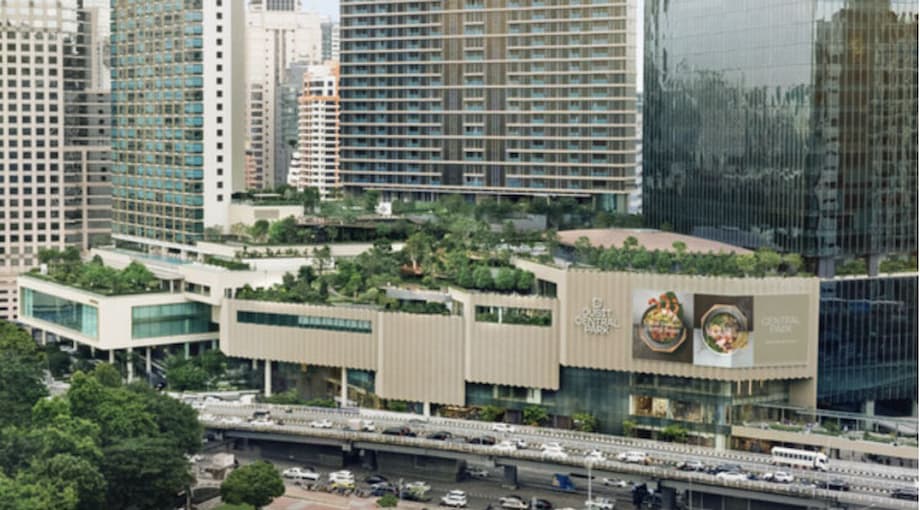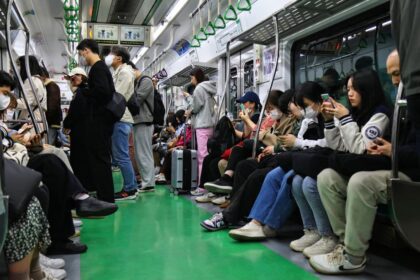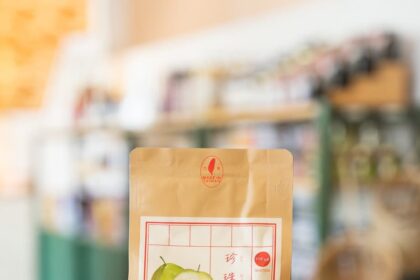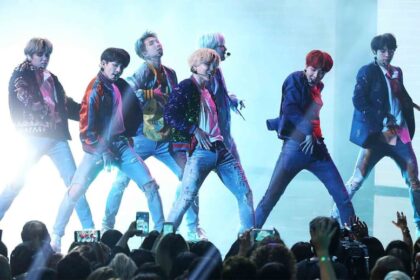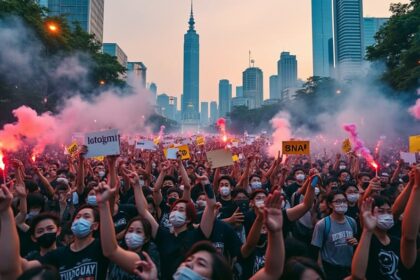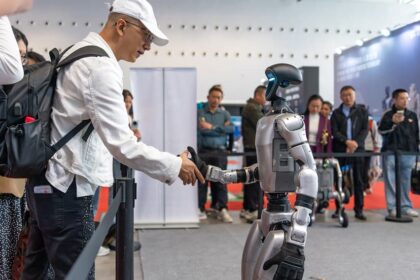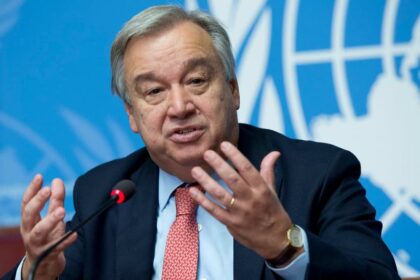A new centerpiece for Bangkok’s CBD
Bangkok has a new focal point in its central business district. Central Park, the retail and lifestyle heart of the Dusit Central Park project, has opened beside Lumpini Park and is already drawing steady crowds. The development blends green space, dining, shopping, offices, a hotel, and residences into a single connected precinct. It is designed to be a destination for residents, office workers, and visitors alike, with programming and public areas that extend life beyond traditional mall hours.
- A new centerpiece for Bangkok’s CBD
- What sets the Roof Park apart
- Culinary magnet and retail mix
- Work life and hospitality under one roof
- Access and connectivity
- Economic stakes and visitor targets
- Sustainability and a design that respects legacy
- Why this site matters to Bangkok
- Central Pattana’s broader push
- Voices from the project
- At a Glance
The signature feature is a 7 rai roof park, roughly 11,200 square meters or 2.8 acres, that pulls the lush character of Lumpini Park up into the skyline. This elevated garden connects the project’s hotel, residences, retail, and office tower, and gives sweeping views across central Bangkok. Landscaped trails, a walking loop, family areas, and an open amphitheater turn the roof into a public terrace for exercise, culture, and everyday relaxation.
Central Park is part of a 46 billion baht investment, around 1.25 billion US dollars, that unites the new Dusit Thani Bangkok hotel, luxury residences, a premium office tower, and the retail center on a 23 rai site at the Silom and Rama IV crossroads. The developers expect up to 25 million visits per year once the full calendar of events, exhibitions, and retail activations is in motion. Early programming offers a strong hint of the direction, with food focused events, cultural showcases, and wellness activities designed to keep the precinct lively year round.
What sets the Roof Park apart
The roof park, which has been introduced to the public as Suan Dusit Arun, anchors the new landmark. It stretches from the fourth to the seventh floors and functions like a suspended extension of the city’s beloved Lumpini Park. Garden designers have planted species native to Thailand to support urban biodiversity. The intent is both aesthetic and environmental. Trees and shrubs filter particulates, absorb carbon dioxide, and invite birds and pollinators back into a dense city setting.
Visitors will find a 750 meter walking trail, gentle gradients, and universal design elements that accommodate people of all ages and mobility levels. Ramps and smooth surfaces make the space wheelchair friendly, while shaded seating offers rest points for families and seniors. The amphitheater area hosts performances and public talks, while open lawns and play zones welcome children and pets. Quiet corners like the Bird Nest viewing area give guests a chance to pause above the traffic and look across Lumpini’s canopy and the skyline beyond.
Water features, including cascading falls, contribute to cooling and sound softening. Signage highlights native plants and the ecological aims of the garden. A Food Passage brings local eateries into the park setting, and a D Garden links residents’ private areas to shared green space. The park opens from early morning to late evening, with dedicated elevator access outside core retail hours so early runners and after work walkers can still visit.
For a city where outdoor comfort competes with heat and humidity, an elevated, shaded garden offers a practical response. Rooftop greenery can lower ambient temperatures on site, reduce heat gain for the buildings below, and promote energy savings. These benefits are one reason large roof parks have become a feature in new Asian developments. Bangkok now has one of its largest, in a location that is easy to reach by mass transit.
Culinary magnet and retail mix
Food is the fastest way to draw a crowd in Bangkok, and Central Park leans into that strength. The Parkside Market gathers a broad lineup of eateries featured in the Michelin Guide alongside beloved street food stalwarts from across the city. More than 70 vendors present a snapshot of Bangkok’s casual dining culture in one venue. The concept invites visitors to sample both high craft restaurants and time tested neighborhood favorites without crossing town.
Parkside Market and street food legends
Bangkok’s street vendors have long been an essential part of the city’s food identity. Bringing many of them together under one roof helps visitors discover trusted names quickly, and puts small operators in front of a global audience. For local diners, the draw is convenience and variety. For travelers, the market provides a curated introduction to the city’s food scene with clear quality signals.
Global brands and new concepts
The retail precinct layers high street labels with premium and luxury names. The developer has signaled multiple first arrivals in Thailand, along with new concepts from established brands. A sports and wellness destination adds training and recovery facilities to the mix, rounding out a daily life offer that goes beyond shopping. Launch events such as the Edible Exhibition turn the building into an immersive art piece with a gastronomy theme, underscoring the aim to host imaginative cultural programming.
Experiential retail is not just a catch phrase here. Layouts favor social areas, pop up spaces, and zones that shift with the calendar. The aim is to create reasons to visit that are not tied only to purchasing goods. Combined with the park programming, this approach encourages repeat visits from people working nearby, hotel guests, and local residents.
Work life and hospitality under one roof
Central Park Offices stand on the corner of Silom Road as a 43 story Class A tower with direct connection to the retail center and roof park. The design includes flexible floor plates for firms of different sizes, private terraces that look toward Lumpini Park, and shared spaces like lounges and a rooftop bar for informal networking. The tower is targeting LEED Gold for green building performance, WELL Platinum for health and wellness, and WiredScore Gold for digital connectivity. These standards measure factors like energy use, indoor air quality, daylight, materials, amenities that support wellbeing, and the resilience of the building’s internet infrastructure.
Across the site, the return of the Dusit Thani Bangkok hotel restores a storied name to its historic address. The original hotel was once the tallest building in Thailand and became a touchstone of Thai hospitality. Its new version blends contemporary comforts with design cues that reference the legacy. Residences at Dusit Central Park, including Dusit Residences and Dusit Parkside, bring parkside living into the mix. Sales updates have pointed to strong interest, with performance around the 80 percent mark for released units and more than 300 homes booked across phases.
Hospitality, housing, offices, and retail are not operating in isolation. The connection points are deliberate, from shared green space to smart circulation routes that make movement between components intuitive. The approach underlines a simple idea. Good precincts work best when daily patterns overlap: workers lunch where residents shop, hotel guests join public events, and office lobbies spill into gardens where people linger.
Access and connectivity
The site sits at one of Bangkok’s most connected addresses, where Silom meets Rama IV, directly opposite Lumpini Park. Two mass transit lines serve the area. BTS Sala Daeng on the Skytrain and MRT Silom on the underground place the project on a busy commuter axis. Elevated walkways and ground level paths link stations to the entrances. Multiple bus routes pass nearby, and the arterial roads give taxi and private car access along with on site parking.
Connectivity matters because it opens the park and public areas to a wider audience. A morning yoga class can attract office workers who commute through the station. A weekend market can bring families from other districts who arrive by train, spend time in the garden, and visit the museum shows or exhibitions nearby. That 360 degree use pattern underpins the forecast of 25 million annual visits.
Economic stakes and visitor targets
The developers are positioning Central Park to compete for both domestic spending and tourist footfall. The target of 25 million visits translates to about 70,000 people a day at steady state. Around 10 million of those visits are expected from tourists drawn by the location next to Lumpini, the roof park, and the clustering of dining brands. Retailers gain from that traffic, while the hotel and offices benefit from the energy in the precinct.
The broader context is challenging. Thailand has wrestled with soft consumer sentiment, slower discretionary spending, and a tourism recovery that has been uneven by segment. In that setting, a destination that offers culture, green space, and free public events can attract visitors even when shoppers hold back on big ticket purchases. The plan to run a year round calendar of festivals, fitness classes, fashion collaborations, and culinary showcases is designed to sustain momentum.
The opening cadence reflects that strategy. The retail center launched with food centric programming under the banner Here for All of You, and a larger brand lineup arrives in stages. A grand celebration is slated for later in the year as more global names come on stream. This allows the precinct to build audience gradually, learn from early patterns, and adapt the mix.
Sustainability and a design that respects legacy
The project’s guiding idea is Design for the Future with Respect for Legacy. That plays out in the preservation of cultural memory around the Dusit Thani name, in the visual dialogue with Lumpini Park, and in the material choices that favor long life and lower environmental impact. Builders have highlighted the use of recycled concrete and advanced filtration systems that help clean indoor air. Green roofs and extensive planting reduce heat gain and improve microclimates around the buildings.
Biophilic design, a term used for approaches that connect people with nature, runs through the plan. Views to trees and water, natural materials, and access to sunlight are not decorative add ons. Research links these features to improved comfort and wellbeing in workplaces and public settings. If the office tower achieves its WELL aims, tenants should see practical benefits such as better air quality, acoustic control, and amenities that support active lifestyles.
Digital performance is another layer. WiredScore certification tests whether a building can deliver robust internet connections, redundancy against outages, and easy upgrades as technology evolves. For firms that rely on video collaboration and cloud services, those details can be as important as a skyline view.
Why this site matters to Bangkok
Silom and Sathorn have long been Bangkok’s financial engine. For years, the area’s retail and leisure choices did not match the daytime workforce and the resident population in neighboring districts. Central Park adds a large, contemporary venue with green space at the doorstep of major offices and embassies. That should draw after work traffic, weekend family crowds, and tourists who already visit Lumpini Park and nearby cultural sites.
Advisers watching the sector say a project of this scale can lift the profile of the central business district, attract new tenants, and support investment in surrounding properties. It also raises the standard for how commercial space and public space can be integrated. The opening of Suan Dusit Arun as a true public garden within a private development will set expectations for future projects in Thailand’s core areas.
Central Pattana’s broader push
Central Pattana, the retail and real estate arm behind the retail center and offices, is pursuing a growth plan that focuses on large multi use projects in prime locations. The company has flagged investment of 120 billion baht over the next five years to add new destinations in Bangkok and regional hubs. The objective is to anchor neighborhoods with shopping, dining, residences, hotels, and offices connected to transit and public space.
Central Park is the showcase in this strategy. It combines more than 130,000 square meters of retail with an office tower of a similar gross building area. The precinct sits across from the capital’s best known park, and reconnects a heritage hotel to its storied address. For Central Pattana and its partner Dusit Thani, the project is both a commercial venture and a statement about how central Bangkok can evolve without losing touch with its history.
Voices from the project
Executives behind Dusit Central Park have framed the project as a meeting point of heritage and innovation. La-ead Kovavisaruch, Chief Executive Officer of Vimarn Suriya and Chief Investment Officer of Dusit International, has described the aim in public remarks.
Dusit Central Park is a testament to our commitment to redefining luxury living and creating a landmark that seamlessly blends heritage with innovation. This project reflects the culmination of our vision, bringing together the best of hospitality, retail, and sustainable development. As we usher in a new era for Bangkok, Dusit Central Park stands not just as a mixed use development but as a symbol of excellence, where legacy meets luxury, and where the global meets the local.
That vision comes to life in details that everyday visitors will notice: a breakfast stroll on a shaded path above the traffic, a lunchtime bowl from a vendor that once required a cross town trip, an evening performance in the amphitheater with Lumpini’s trees glowing at dusk. Those are small moments that add up to a different experience of the city center.
At a Glance
- Central Park retail center has opened beside Lumpini Park as part of the Dusit Central Park development.
- The destination features a 7 rai roof park, roughly 11,200 square meters or 2.8 acres, with trails, an amphitheater, and family and pet zones.
- Parkside Market brings Michelin Guide eateries together with more than 70 celebrated street food vendors.
- The retail mix combines high street, premium, and luxury brands, with several first arrivals in Thailand and a sports and wellness destination.
- Central Park Offices is a 43 story Class A tower targeting LEED Gold, WELL Platinum, and WiredScore Gold certifications.
- The development connects to BTS Sala Daeng and MRT Silom, with easy access by bus and major roads.
- Developers forecast up to 25 million annual visits, or about 70,000 per day at scale.
- The broader project includes the new Dusit Thani Bangkok hotel and luxury residences, with strong early sales reported for housing units.
- Sustainability features include recycled materials, extensive planting, and air quality systems, aligned with a design philosophy that respects legacy.
- Central Pattana plans continued expansion of large multi use destinations nationwide over the next five years.


